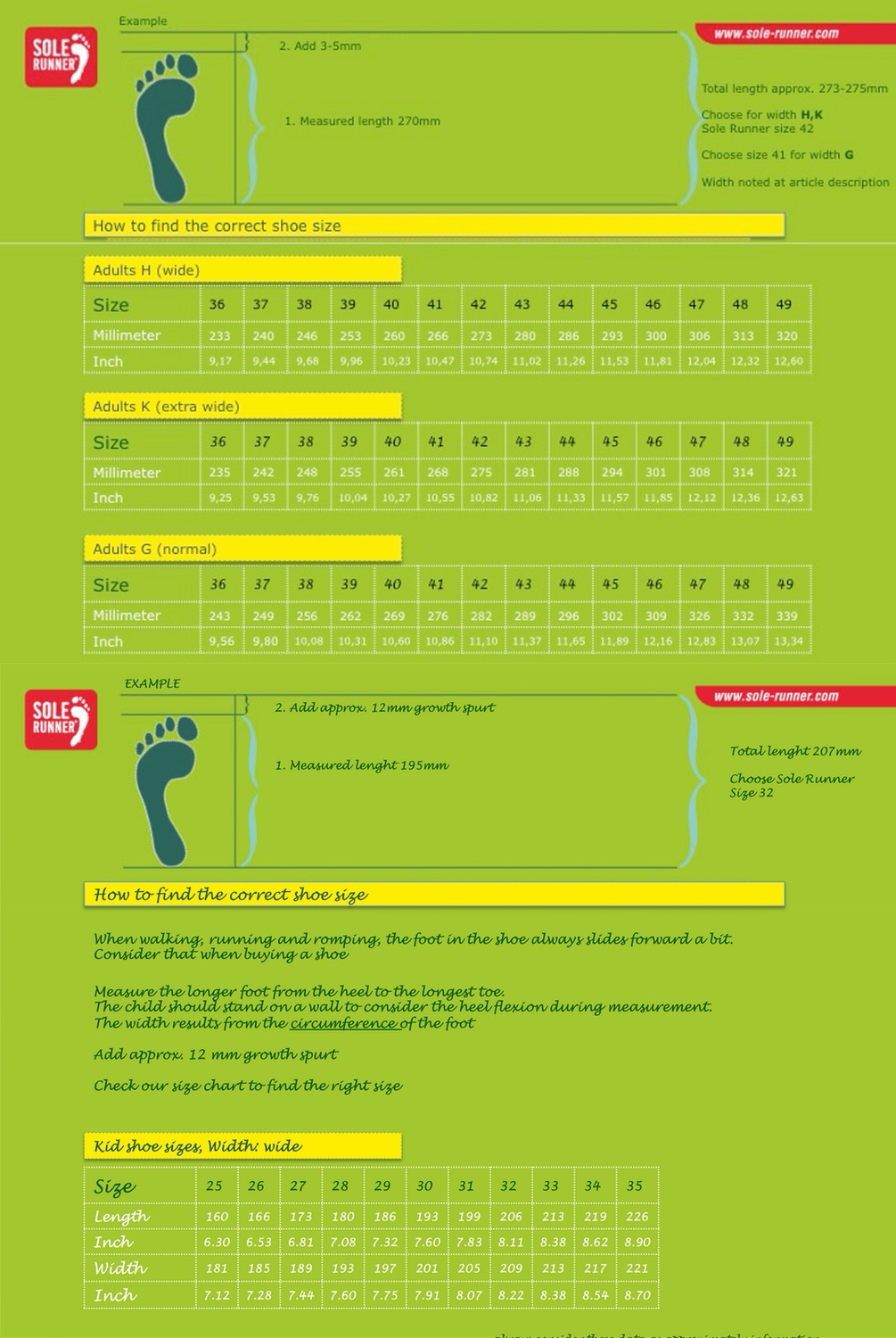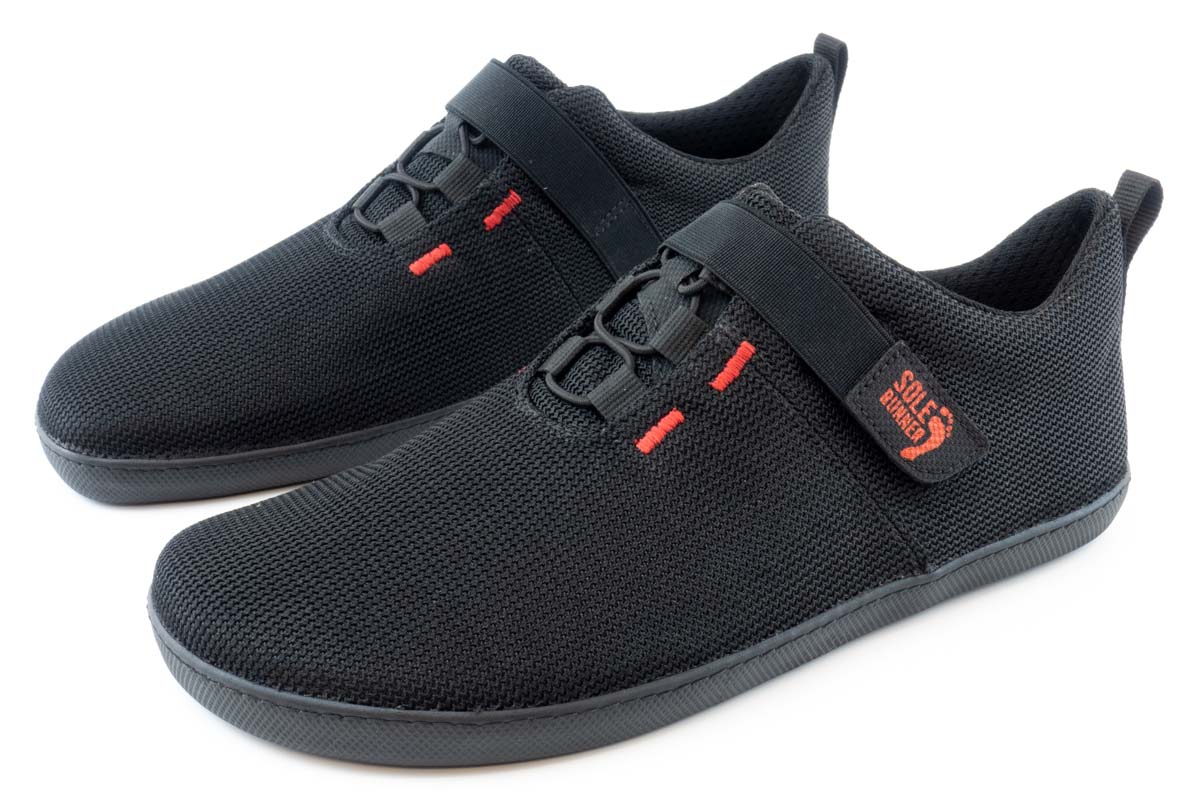

handle (probably generous but good luck trying to find out the real percentage), that would mean 65% is still bet at a track, OTB parlor, or restaurant satellite facility. Yes, it costs money to print programs, but that's the cost of doing business in a gambling business that heavily relies on data.ĭo you want to educate people and get them to bet more, or save a few thousand dollars on printing costs? Do you care that you're giving a bunch of senior citizens a product they can hardly read because of the type size?Įven if online betting accounts for 35% of total U.S. Though horse racing has been relatively slow in maximizing the information and technology available, it has been even slower recognizing its overall lack of regard for players at bricks-and-mortar facilities.
Sole runner fx trainer for free#
Many of these transactions are online-based, and often the PPs are available for free if someone has an advance deposit wagering account. If a player wants that information, and much of it is good, he or she can buy it at whatever price is charged by the provider. The current scheme in the racing industry allows companies such as Daily Racing Form,, TrackMaster before Equibase bought it, and others to buy the basic data and crunch it and embellish it to provide proprietary products of interest to many players. But one wonders if racetrack executives really look at the quality of the product they are selling the public.Įquibase over the years has become a data provider–at no small cost to the recipients.

Yet a large chunk of pari-mutuel handle at many facilities, including Indiana Downs, comes from wagers on other tracks, not the live product.Ī growing number of racetracks and off-track betting sites have opted to turn over production of their handicapping products to second and third parties, apparently to save money. What's interesting is Indiana Downs has an excellent PP program for live racing, but doesn't use the same information for all the simulcast tracks it imports. It's only a step better than just selling scratch sheets, so I don't get the point other than tracks don't want to spend the money on more program pages to accommodate more PPs per horse. I've seen this second simulcast Equibase PP page at several racetracks.
Sole runner fx trainer how to#
So why is a lid being kept on it? I've been told it's up to each racetrack to decide which information to use, and how to present it the result, however, is a hodgepodge of PP data, some of it inadequate given the information available, from track to track. Each race also has a box of top horses in five or six handicapping categories.Ī few of these things, and others such as italicized names of return winners in PPs, appear in some programs, but nothing I've seen produced by Equibase is this comprehensive. It contains claimed lines previously-trained-by lines when a horse was scratched (if applicable) and various trainer and jockey statistics usually found in products that pay Equibase for PP data and re-purpose it. I hadn't seen this particular type of program page at any other track, and still haven't. The top past-performance snapshot was taken from the live racing program at Indiana Downs. Very Good - click here for a larger image But a recent racetrack experience has me thinking more and more its data isn't being properly utilized–to the detriment of those who wager on horse racing at tracks and satellite facilities.

There's no doubt Equibase has come a long way in its 22 years. "Equibase will continue to leverage information to serve the fan base and help promote the sport, regardless of the medium through which fans access information," the company says. Equibase Co., a partnership of subsidiaries of the Thoroughbred Racing Associations and The Jockey Club, was formed in 1991 "to provide the Thoroughbred racetracks of North America with a uniform, industry-owned database of racing information and statistics," according to the company website.


 0 kommentar(er)
0 kommentar(er)
